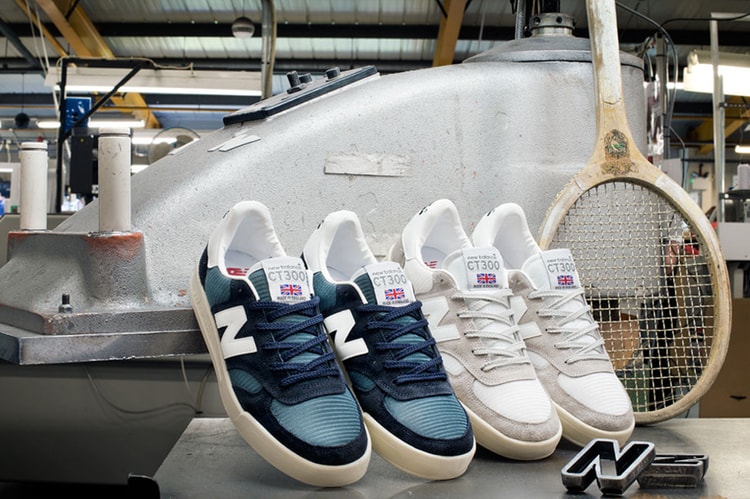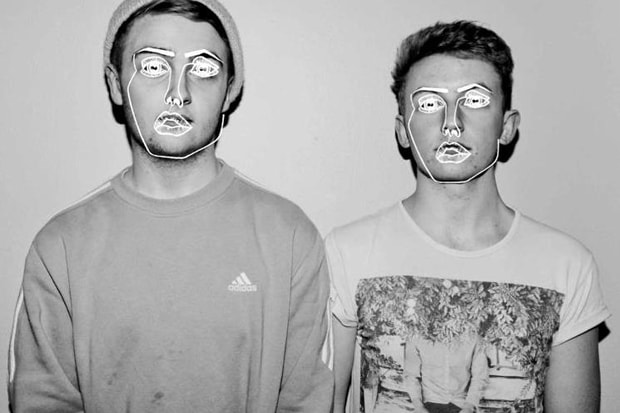House of Marley's The Get Together: Kingston Sound System
Growing up in England during the 1990s, filmmaker Wonford St. James spent many nights dancing in
Growing up in England during the 1990s, filmmaker Wonford St. James spent many nights dancing in the field to the rhythms of a backyard-styled “free party.” A music lover, James studied these English parties back to its roots and instantly fell in love with the Jamaican sound system culture that eventually migrated to the UK in the ’60s. “Anyone who has ever danced in front of large banks of speakers to music being played by a DJ can thank Jamaican sound systems for that experience.” The impact this genre of music had on the world was felt far and wide, from having a hand in the birth of American hip-hop to inspiring audio purveyors to deliver louder, more portable speakers. So when the New York-based creative was asked to produce a video coinciding with the launch of House of Marley’s new Get Together Bluetooth speaker, James immediately decided to visit Kingston. In his short piece, Albert “iLawi” Johnson – regarded as the original selector – becomes our host through this sound system experience, which is a journey to a simpler, more peaceful time. Be sure to also scroll down to read our full interview with the talented Wonford St. James.
For more on House of Marley’s Get Together Bluetooth speaker as well as how you could win your very own, please visit here.
Can you introduce yourself?
My name is Wonford St. James and I am a filmmaker living in New York by way of London and Los Angeles.
How did you get into filmmaking?
Through a love of photography, music, cameras, art and life.
What was the goal behind your video?
We went to Jamaica to promote a dance and film it. I wanted to celebrate original Jamaican soundsystem culture and share a glimpse into the source of DJ culture. Jamaican music has had a massive, disproportionate, and well documented impact on global popular culture but the role of the soundsystem in the rise of reggae is not as well told. Anyone who has ever danced in front of large banks of speakers to music being played by a DJ can thank Jamaican soundystems for that experience. I want to shine a little light on the original dancehall scene and the energy, style and attitude that goes along with it.
What was your inspiration?
Growing up in England in the ’90s I spent a lot of time dancing all night in fields at “free parties,” so I’ve had traces of sound systems in my blood from an early age. As British house music evolved through that decade, I got heavily into the Jungle scene that blew up coming out of the early rave days. Jungle added the core ingredients of Jamaican dancehall into rave culture to create a uniquely British sound and subculture. You had rolling basslines and chopped out breaks bouncing along with MCs toasting over the music. Incredible and inspiring times. Going to Jamaica to make this little film was like a trip to Mecca.
How does House of Marley differ from other brands?
House of Marley has the opportunity to authentically celebrate a man and an island place with one of the world’s greatest musical heritage. Reggae imagery and attitudes have been brandalized far too often through diluted and distorted expressions of the culture. I hope that House of Marley are able to shine a new light on the subject that is creative and constructive.
What are you most excited about with your relationship with House of Marley?
It’s an exciting young brand with a great team behind it. I would love to take this project to the next level and work with the House of Marley team on a longer format film that explores the evolution and journey of sound system culture, from its roots in Jamaica across the world by way of hip-hop, house and heavy bass.
When you were approached about the project, what was the direction given and then how did you approach your execution/interpretation?
We were asked to create a film that spoke to the idea of an idea being shared; how ‘one’ becomes ‘many.’ This brief alongside a portable speaker made of wood with the Marley name on it immediately pointed me in the direction of Jamaica.
How influential has music been in your creative evolution?
Music has been the central part of my life and creative journey. The reason I live in New York is hip-hop.
What was it like traveling abroad? What were some of your favorite moments and what was some adversity you faced?
We were blessed to work with original selector and music man Albert ‘iLawi’ Johnson on this project who graciously welcomed us into his home to keep the dance at his yard. With iLawi as our guide we cut a blessed path through Kingston, uptown and down. My favorite moment was when the needle hit the first record at the dance. The soundsystem crackled and boomed into life and the place started bouncing. Alongside iLawi, we were blessed with a local producer Michelle Serieux who ensured that the only adversity we faced was whether we were going to run out of Red Stripe before the Guinness arrived.
What type of camera did you use for the film?
We shot the film on an old Canon camera using 8mm color film. These cameras are small, compact, and create a texture and warmth that fits perfectly with the story we were there to capture. The records crackle as the film rolls.
How receptive were the locals to being captured on film?
Jamaicans are lively, proud and beautiful people who are happy to get up in your face, so we had no shortage of potential superstars to liven up the dance.












